Home>Gardening & Outdoor>Landscaping Ideas>How Soon To Plant Grass Seed After Using Weed And Feed
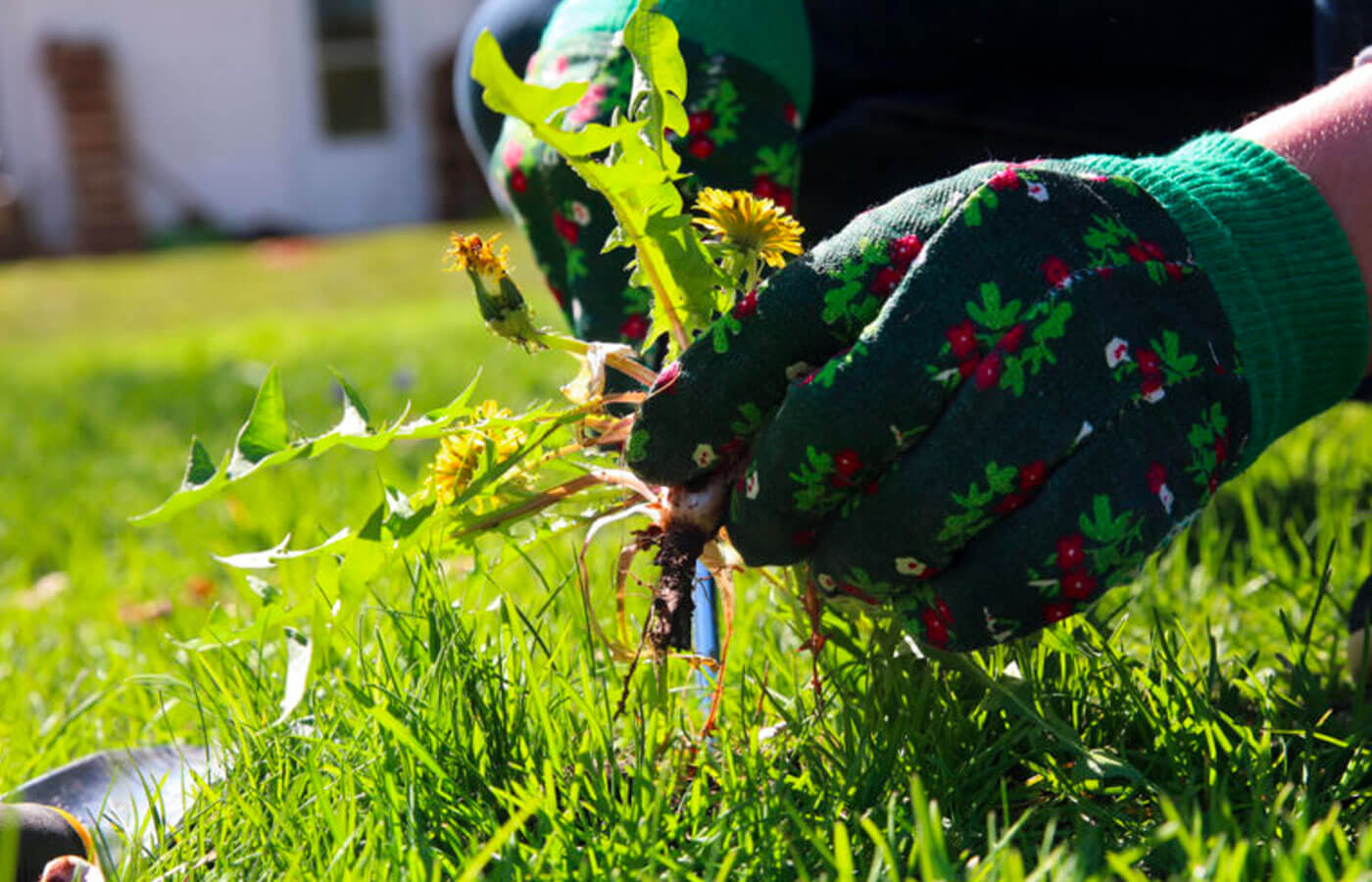

Landscaping Ideas
How Soon To Plant Grass Seed After Using Weed And Feed
Modified: March 21, 2024
Discover the best landscaping ideas for planting grass seed after using weed and feed. Learn how soon you can start your lawn renovation for a lush, healthy yard.
(Many of the links in this article redirect to a specific reviewed product. Your purchase of these products through affiliate links helps to generate commission for Storables.com, at no extra cost. Learn more)
Introduction
When it comes to maintaining a healthy and vibrant lawn, using weed and feed products can be a convenient way to control weeds and fertilize the grass. However, if you’re considering overseeding or planting new grass seed, it’s essential to understand the implications of using weed and feed products. In this article, we will explore the effects of weed and feed on grass seed and provide valuable insights into the best practices for planting grass seed after using these products. By the end of this guide, you’ll have a clear understanding of how to ensure successful grass seed establishment after applying weed and feed.
Key Takeaways:
- Timing is crucial when planting grass seed after using weed and feed. Understanding herbicide persistence and following product guidelines are essential for successful establishment.
- Careful preparation and attentive monitoring are key to planting grass seed after using weed and feed. Consistent watering, protection from disturbances, and proactive weed management contribute to a lush, resilient lawn.
Read more: How Soon To Cut Grass After Weed And Feed
Understanding Weed and Feed Products
Weed and feed products are designed to serve a dual purpose: controlling weeds and fertilizing the existing grass. These products typically contain herbicides to target common lawn weeds such as dandelions, clover, and crabgrass, along with a blend of nutrients to promote the growth and health of the grass. The herbicides work to eliminate weeds, while the fertilizer provides essential nutrients to the grass, aiding in its overall development.
It’s important to note that weed and feed products can vary in their formulations, with some being designed for specific grass types or seasonal applications. Understanding the specific composition and intended use of the weed and feed product you’ve applied is crucial in determining its impact on the establishment of new grass seed.
When using weed and feed products, it’s essential to follow the application instructions carefully, ensuring that you apply the product at the right time and in the correct amounts. Additionally, being mindful of any restrictions or recommendations provided by the manufacturer can help optimize the effectiveness of the product while minimizing potential adverse effects on new grass seed.
Effects of Weed and Feed on Grass Seed
The application of weed and feed products can have implications for the successful establishment of new grass seed. The herbicidal components in these products are designed to target and eliminate broadleaf weeds and grassy weeds, which can inadvertently affect the germination and growth of newly planted grass seed. While the fertilizing elements in weed and feed products can benefit existing grass, they may not necessarily provide the ideal conditions for new grass seed to take root and thrive.
One of the primary concerns regarding the use of weed and feed products in conjunction with planting grass seed is the potential for herbicide residue to hinder the germination process. Residual herbicides in the soil can impede the growth of delicate grass seedlings, leading to poor establishment and patchy growth. Additionally, the presence of certain herbicides may create an inhospitable environment for new grass seed, impacting its ability to develop a robust root system and flourish.
Furthermore, the fertilizing components in weed and feed products, while beneficial for established grass, may not align with the specific nutritional requirements of newly planted grass seed. This disparity in nutrient composition can affect the overall health and vigor of the emerging grass seedlings, potentially leading to suboptimal growth and diminished resilience.
It’s important to recognize that the effects of weed and feed products on grass seed can vary depending on factors such as the type of herbicides used, the timing of application, and the specific characteristics of the grass seed being planted. By understanding these potential effects, you can take proactive measures to mitigate any adverse impact and create favorable conditions for successful grass seed establishment.
Best Time to Plant Grass Seed After Using Weed and Feed
Timing is a critical factor when considering the planting of grass seed after using weed and feed products. It’s essential to allow sufficient time for any herbicidal residues from the weed and feed application to dissipate, ensuring that the soil is conducive to the germination and growth of new grass seed. The specific timing for overseeding or planting grass seed after using weed and feed can vary based on several key considerations.
- Understanding Herbicide Persistence: Different herbicides have varying persistence in the soil, meaning that their residual effects can last for different durations. It’s important to research and understand the specific herbicides present in the weed and feed product you’ve used, as well as their typical persistence in the soil. This knowledge can inform your decision regarding the optimal timing for planting grass seed.
- Following Product Guidelines: Many weed and feed products provide recommendations or restrictions regarding overseeding or planting grass seed after application. These guidelines often specify the waiting period necessary to ensure that the soil is free from any potential inhibitory effects of the herbicides. Adhering to these recommendations can help safeguard the successful establishment of new grass seed.
- Considering Seasonal Factors: The time of year can significantly influence the suitability of planting grass seed after using weed and feed. In general, it’s advisable to wait until the following growing season to plant grass seed after applying weed and feed products. This allows ample time for the herbicidal residues to degrade and for the soil conditions to become more favorable for new grass seed.
By carefully considering these factors and being mindful of the specific herbicides and fertilizers in the weed and feed product, you can determine the best time to proceed with planting grass seed. Patience and attentiveness to the condition of the lawn and soil are crucial in ensuring the successful establishment of new grass seed after using weed and feed.
Wait at least 4 weeks after using weed and feed before planting grass seed. This allows time for the herbicide to break down and reduces the risk of the new grass seed being affected.
Preparing the Lawn for Planting Grass Seed
Before embarking on the process of planting grass seed after using weed and feed products, it’s essential to prepare the lawn to create an optimal environment for successful seed germination and growth. Proper preparation can help mitigate any residual effects of the weed and feed application and set the stage for the healthy establishment of new grass seed.
Thoroughly Watering and Aerating the Soil: Adequate soil moisture is crucial for supporting the germination of grass seed. Before planting, ensure that the soil is sufficiently moist but not waterlogged. If the lawn has been treated with weed and feed products, it’s beneficial to water the area consistently to help flush out any residual herbicides and promote a more favorable growing environment for the new grass seed. Additionally, aerating the soil can improve its structure, allowing for better water and nutrient penetration, which is beneficial for both existing grass and newly planted seedlings.
Removing Thatch and Debris: Clearing the lawn of thatch, dead grass, and debris can create a clean and receptive surface for planting grass seed. Thatch buildup can hinder seed-to-soil contact and impede germination, so dethatching the lawn, if necessary, can enhance the success of the seeding process. Additionally, removing any debris or remnants of weeds can help minimize potential competition and interference with the new grass seedlings.
Soil Testing and Amending: Conducting a soil test can provide valuable insights into the nutrient composition and pH levels of the soil. Based on the test results, you can adjust the soil’s pH and nutrient levels as needed to create an optimal growing environment for the new grass seed. Amending the soil with appropriate fertilizers or soil conditioners can help offset any imbalances resulting from the previous application of weed and feed products, promoting healthier grass seed establishment.
Applying Starter Fertilizer: Utilizing a high-quality starter fertilizer when planting grass seed can provide essential nutrients to support early seedling growth. The application of starter fertilizer can help compensate for any nutrient disparities caused by the prior use of weed and feed products, giving the new grass seedlings a strong foundation for development.
By diligently preparing the lawn and soil, you can mitigate the potential effects of weed and feed products and create an optimal environment for the successful establishment of new grass seed. Thoughtful preparation sets the stage for healthy and resilient grass growth, ensuring a lush and vibrant lawn in the seasons to come.
Planting Grass Seed After Using Weed and Feed
Once the lawn has been adequately prepared, the process of planting grass seed after using weed and feed products can commence. This phase involves strategic considerations and precise methods to optimize the germination and growth of the new grass seed, setting the stage for a lush and resilient lawn.
Selecting the Right Grass Seed: When choosing grass seed for overseeding or new lawn establishment, it’s essential to select a high-quality seed blend that aligns with the specific growing conditions and requirements of your lawn. Consider factors such as sunlight exposure, soil type, and climate to ensure that the chosen grass seed is well-suited to thrive in your lawn environment.
Even Seed Distribution: Ensuring uniform seed distribution across the lawn is crucial for achieving consistent and balanced grass growth. Whether using a broadcast spreader or hand seeding, strive to achieve an even spread of grass seed to prevent patchy or uneven germination. Pay particular attention to areas that may have been affected by the previous application of weed and feed products, as these areas may require special consideration during the seeding process.
Seed-to-Soil Contact: Maximizing seed-to-soil contact is vital for promoting successful germination and seedling establishment. After spreading the grass seed, gently rake the soil surface to lightly cover the seeds, ensuring they are in direct contact with the soil. This facilitates the absorption of moisture and nutrients, fostering optimal conditions for germination and early growth.
Watering and Moisture Management: Consistent and appropriate watering is essential for supporting the germination and establishment of grass seed. After planting, keep the soil consistently moist but not waterlogged, facilitating the emergence of new seedlings. It’s important to monitor moisture levels closely, especially in areas previously treated with weed and feed products, to ensure that the soil remains conducive to successful seed germination.
Monitoring and Adjusting: Regular monitoring of the newly planted grass seed is crucial for identifying any emerging issues and making necessary adjustments. Keep a close eye on the germination progress, addressing any areas that may require additional seeding or targeted attention. Adjust watering practices as needed to maintain optimal soil moisture levels and support healthy seedling development.
By following these steps and employing attentive care, you can optimize the process of planting grass seed after using weed and feed products, fostering the growth of a resilient and vibrant lawn. Thoughtful and meticulous implementation of these practices sets the stage for successful grass seed establishment, paving the way for a lush and thriving outdoor space.
Caring for Newly Planted Grass Seed
After the grass seed has been planted, providing attentive care and maintenance is essential for nurturing its growth and ensuring the successful establishment of a lush and healthy lawn. Caring for newly planted grass seed involves a combination of diligent watering, monitoring, and proactive measures to support the development of robust and resilient grass seedlings.
Consistent Watering: Adequate and consistent moisture is critical for the germination and early growth of grass seed. It’s important to water the newly seeded areas regularly, keeping the soil evenly moist to support the emergence of seedlings. Avoid overwatering, as excessive moisture can impede germination and promote fungal issues, while insufficient water can hinder seedling development.
Protection from Foot Traffic and Wildlife: Minimize foot traffic and prevent wildlife from accessing the newly seeded areas to avoid disruption of the delicate seedlings. Establish clear boundaries and consider using temporary barriers or signage to protect the seeded areas, allowing the grass seedlings to establish undisturbed.
Monitoring for Germination: Regularly inspect the seeded areas for signs of germination, which typically becomes evident within a couple of weeks, depending on the grass seed variety and environmental conditions. Be attentive to the emergence of new grass seedlings, and take note of any areas that may require additional seeding or targeted care to achieve uniform coverage.
Adjusting Care Practices: As the grass seedlings begin to establish, adjust your care practices accordingly. Gradually transition from frequent watering to a deeper and less frequent watering schedule, encouraging the development of robust root systems. Be mindful of any environmental factors, such as temperature and precipitation, that may necessitate modifications to your watering routine.
Addressing Weed Control: While the newly planted grass seed is germinating and developing, it’s essential to manage weed growth in the seeded areas. Consider using manual weed removal methods or targeted herbicide applications, being cautious to select products that are safe for newly established grass seedlings and following all application guidelines meticulously.
Applying Additional Fertilization: After the new grass seedlings have matured and established a solid root system, consider applying a light, targeted fertilization to provide essential nutrients for ongoing growth and vitality. Utilize a high-quality, gentle fertilizer suitable for young grass seedlings, and follow the recommended application rates to avoid any potential adverse effects.
By providing conscientious care and tending to the needs of the newly planted grass seed, you can foster its development into a thriving and resilient lawn. Thoughtful maintenance practices, coupled with attentive monitoring and adjustments, contribute to the successful establishment of lush, healthy grass, transforming your outdoor space into a vibrant and inviting landscape.
Conclusion
Planting grass seed after using weed and feed products requires thoughtful consideration, strategic timing, and meticulous care to ensure the successful establishment of a healthy and vibrant lawn. By understanding the effects of weed and feed on grass seed and implementing best practices for overseeding or new lawn establishment, you can navigate the process with confidence and achieve optimal results.
It’s essential to recognize the potential implications of herbicidal residues and nutrient disparities resulting from weed and feed applications, as these factors can influence the germination and growth of new grass seed. By carefully preparing the lawn, selecting the right grass seed, and providing attentive care, you can mitigate any adverse effects and create an environment conducive to robust seedling development.
Timing plays a crucial role in the success of planting grass seed after using weed and feed. Understanding herbicide persistence, adhering to product guidelines, and considering seasonal factors are key aspects in determining the optimal time for overseeding or new lawn establishment. Patience and attentiveness to the condition of the soil and existing grass are fundamental in ensuring favorable conditions for the new grass seed to thrive.
Throughout the process, from preparation to post-planting care, consistent monitoring and adjustments are vital for addressing emerging needs and promoting the healthy growth of the grass seedlings. Diligent watering, protection from disturbances, and proactive measures to manage weed growth contribute to the overall success of the seeding process.
Ultimately, planting grass seed after using weed and feed products is a rewarding endeavor that can yield a lush, resilient lawn. By integrating knowledge, care, and attention to detail, you can transform your outdoor space into a verdant and inviting landscape, creating an environment for enjoyment and relaxation for years to come.
With a thoughtful approach and a commitment to best practices, the process of planting grass seed after using weed and feed products becomes an opportunity to cultivate a thriving and picturesque lawn, enriching your outdoor living experience and enhancing the beauty of your home.
Frequently Asked Questions about How Soon To Plant Grass Seed After Using Weed And Feed
Was this page helpful?
At Storables.com, we guarantee accurate and reliable information. Our content, validated by Expert Board Contributors, is crafted following stringent Editorial Policies. We're committed to providing you with well-researched, expert-backed insights for all your informational needs.
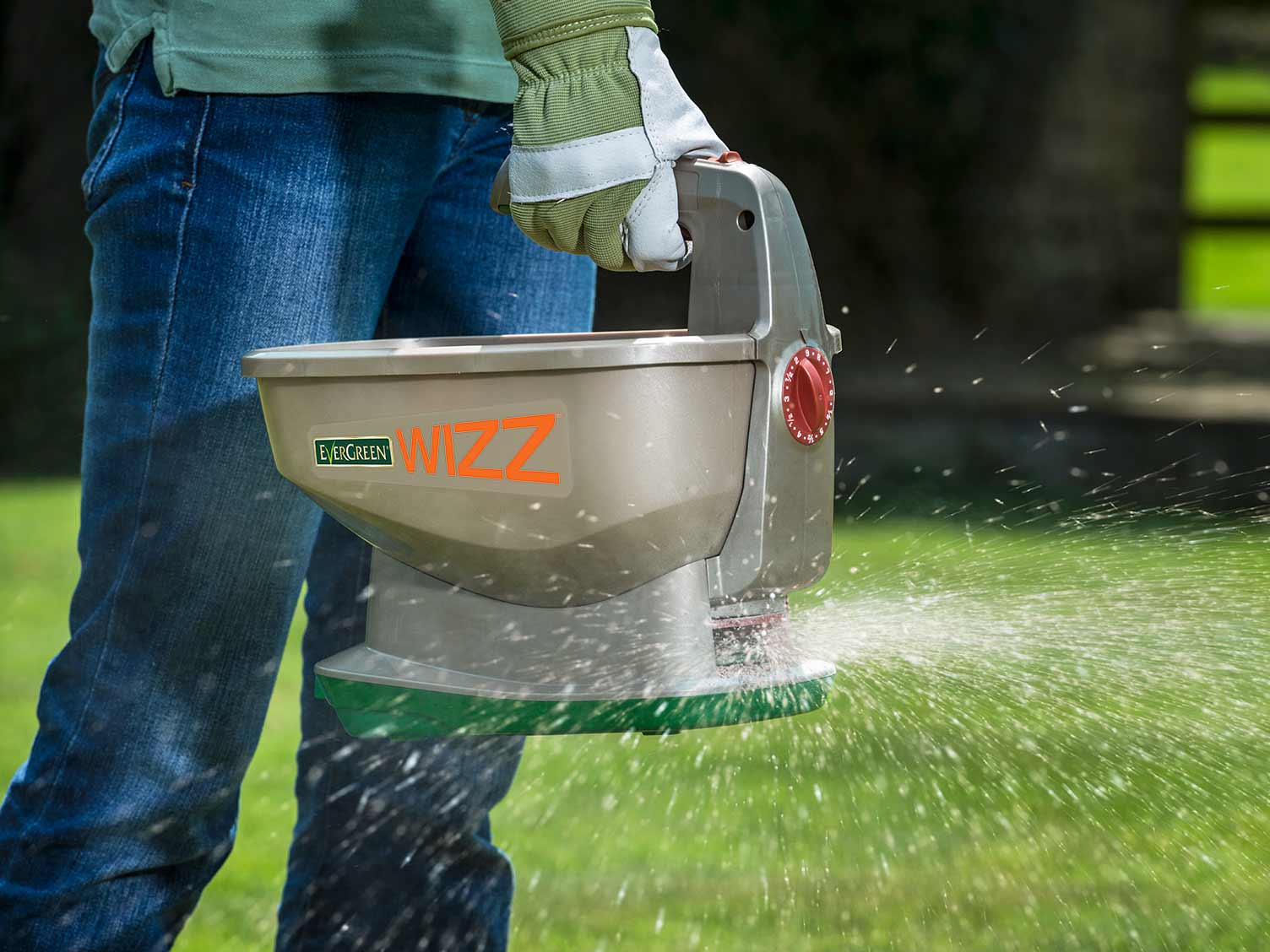
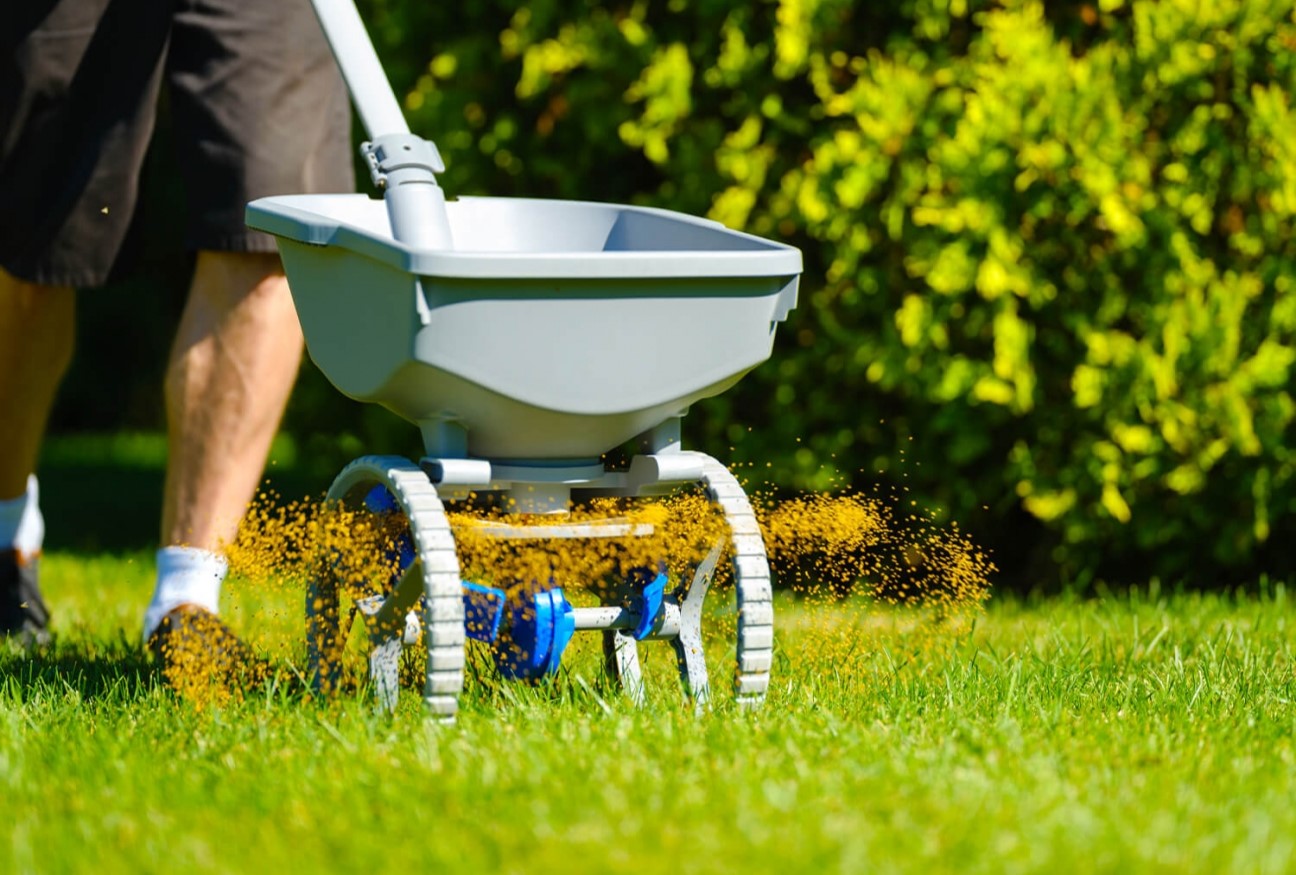
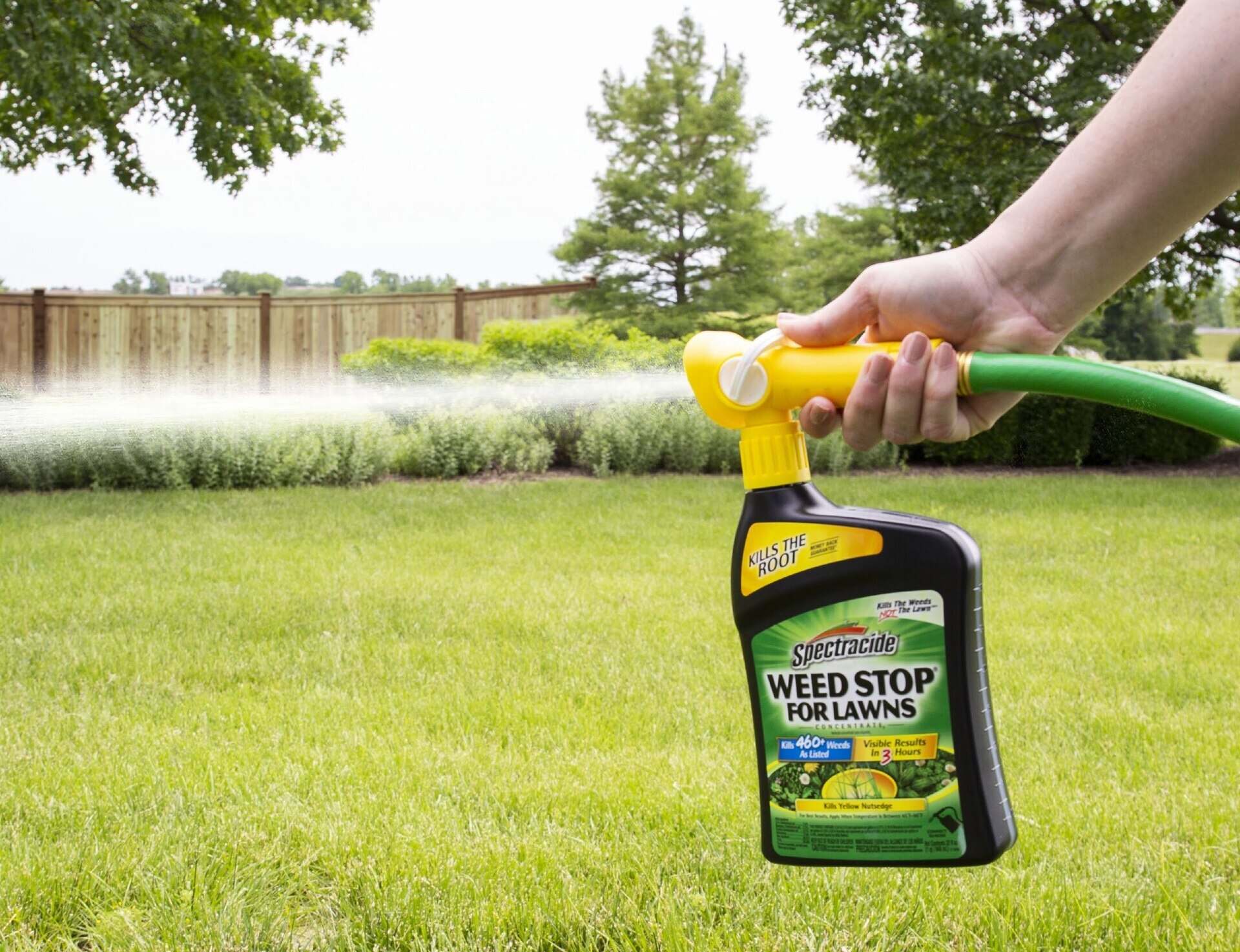
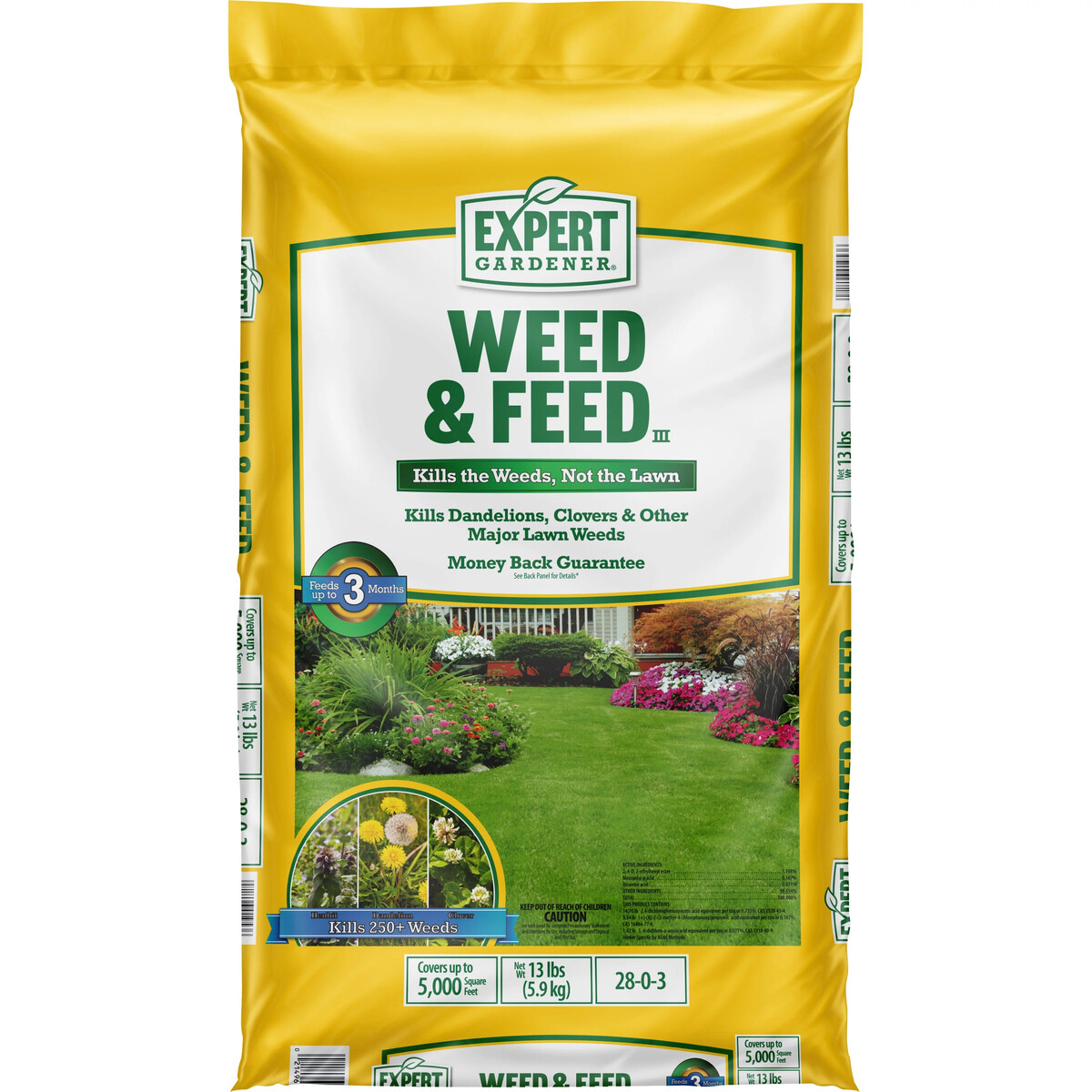
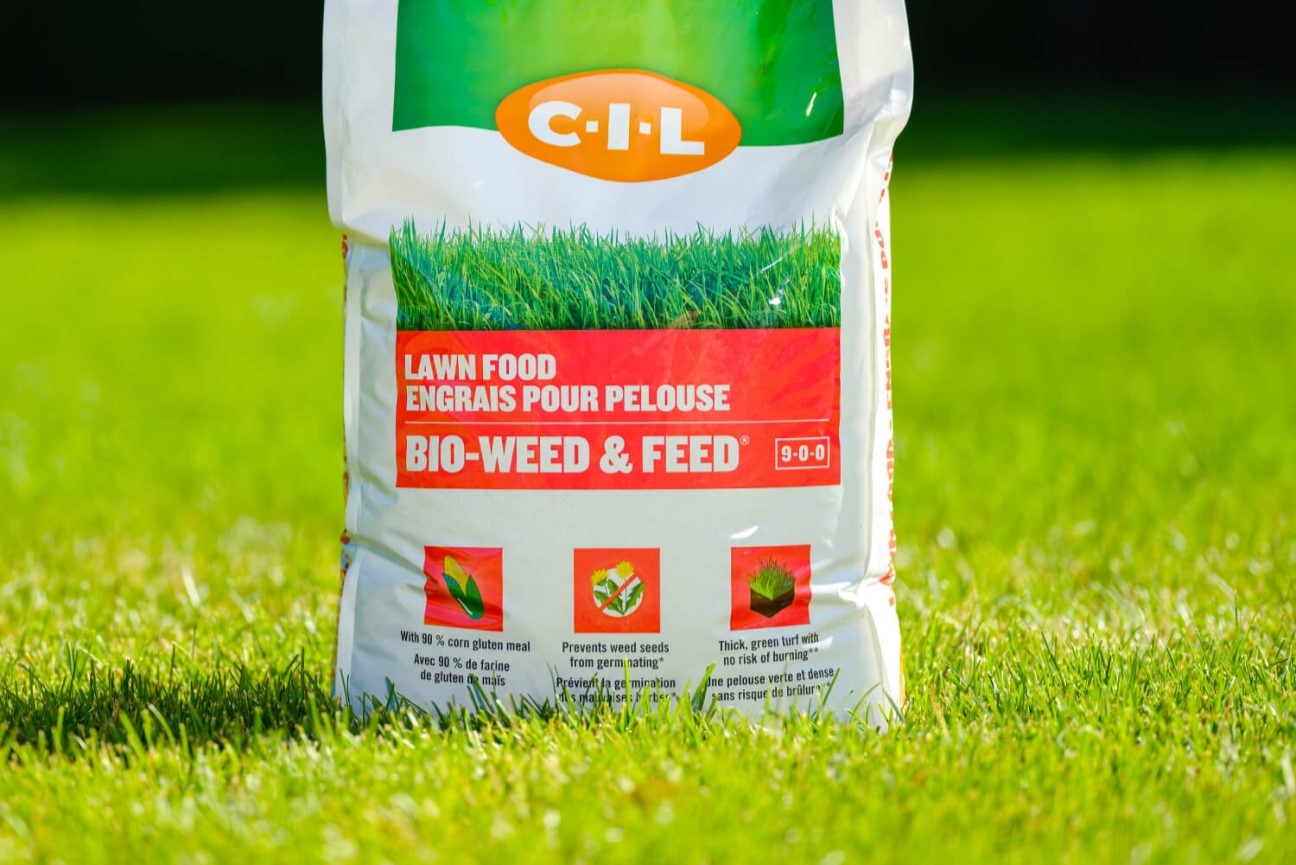
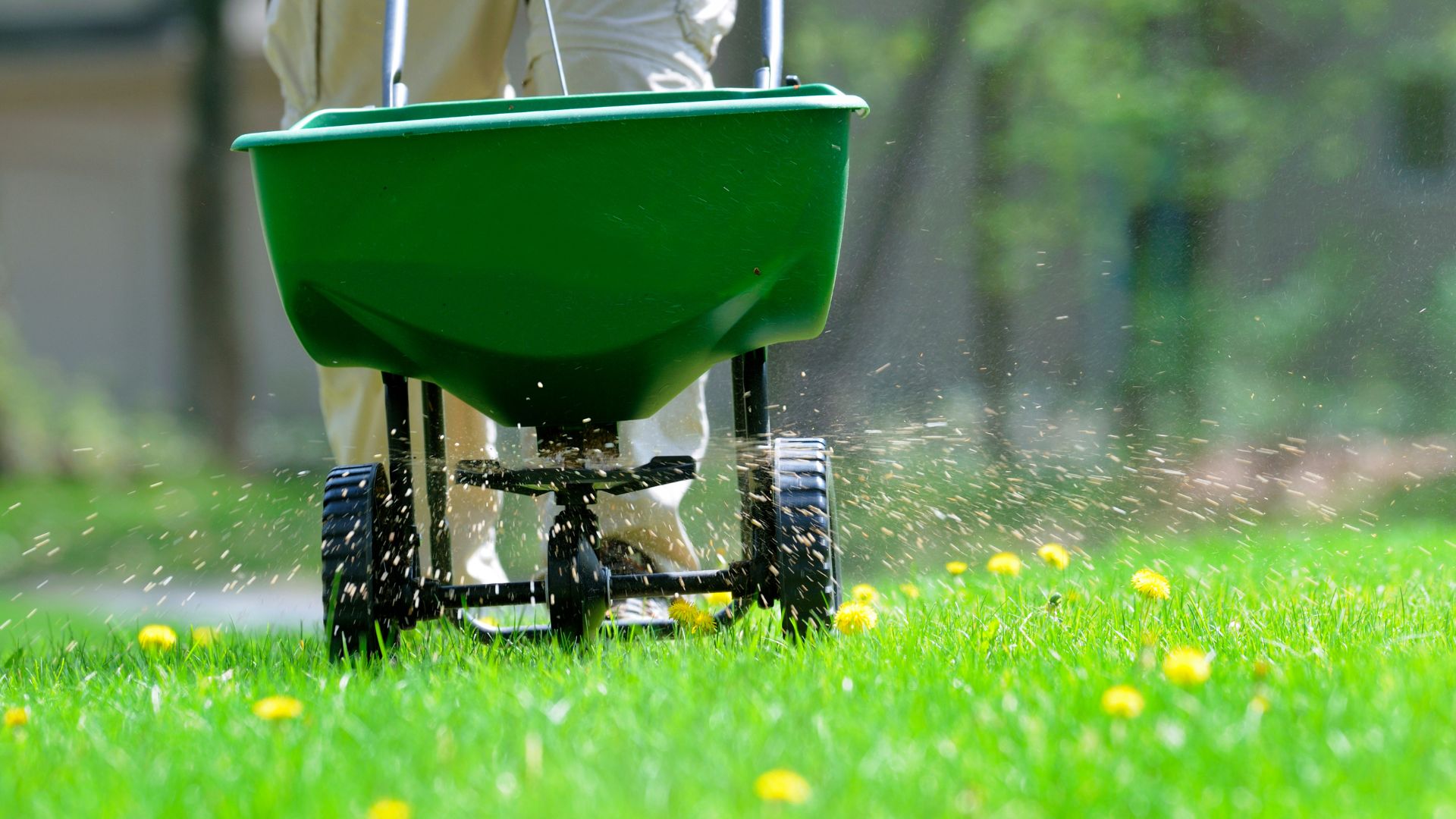
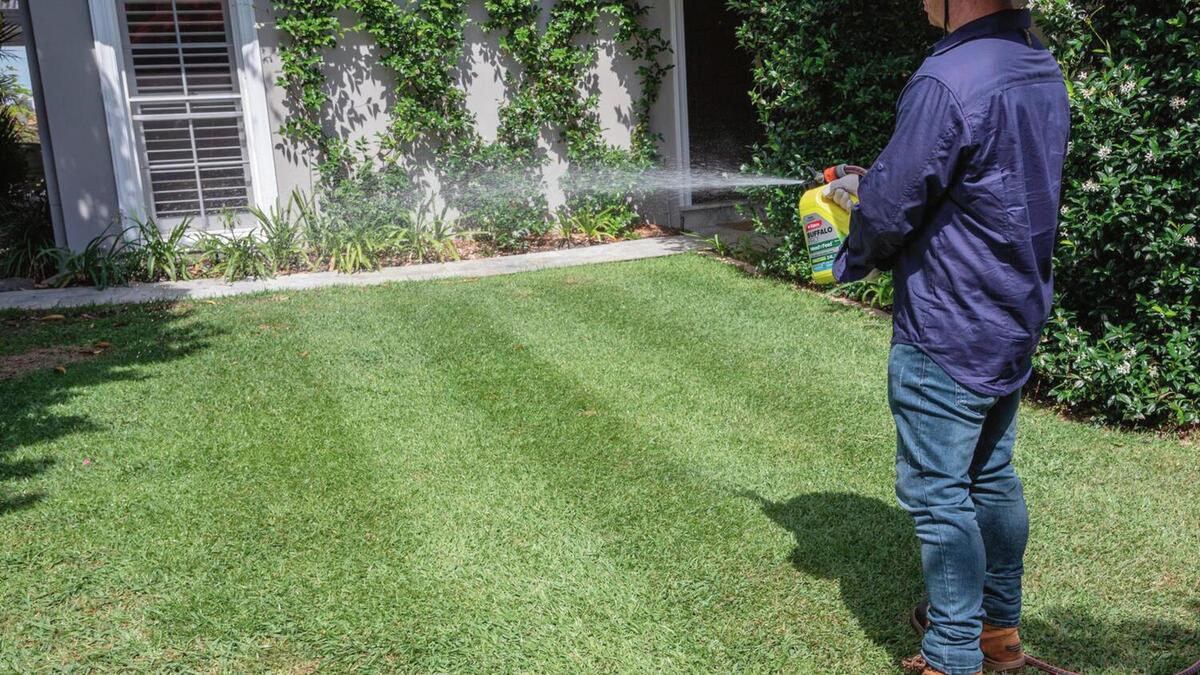
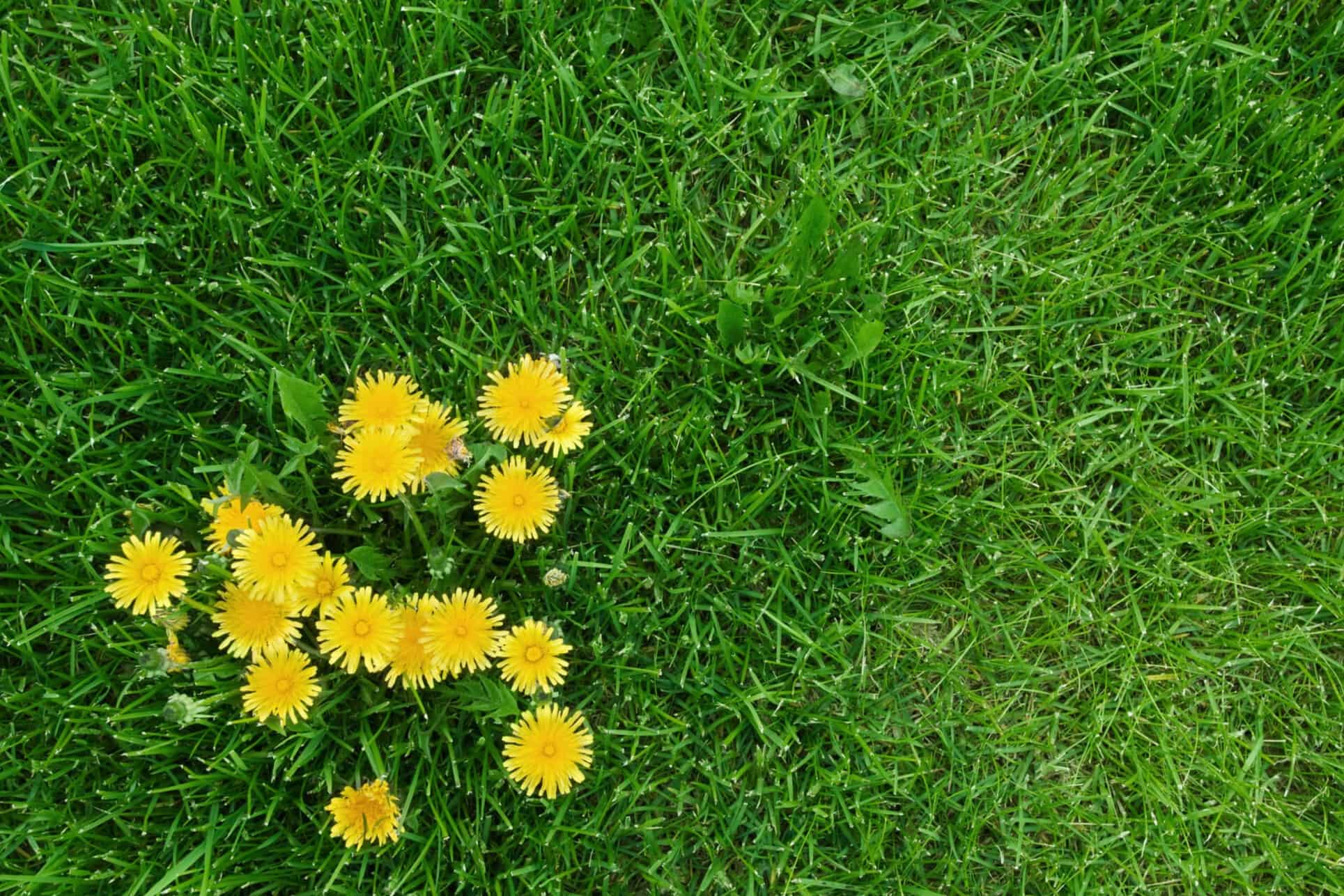
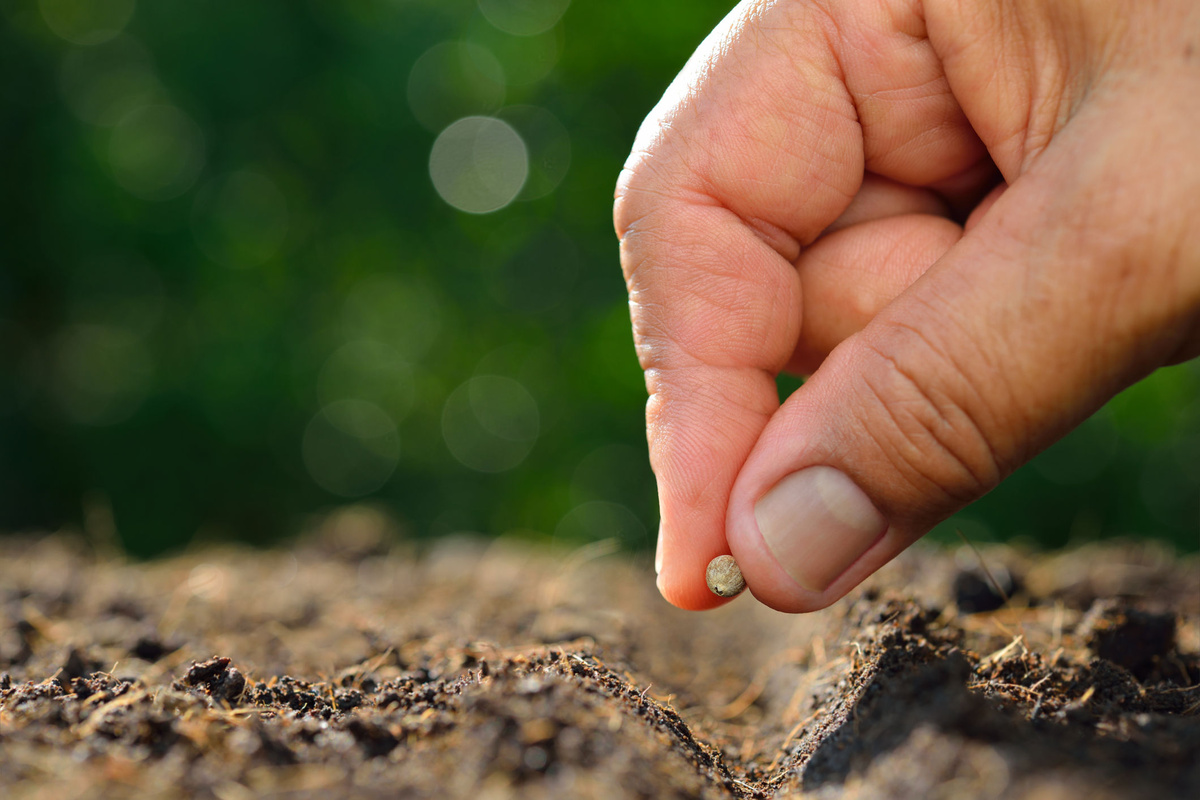
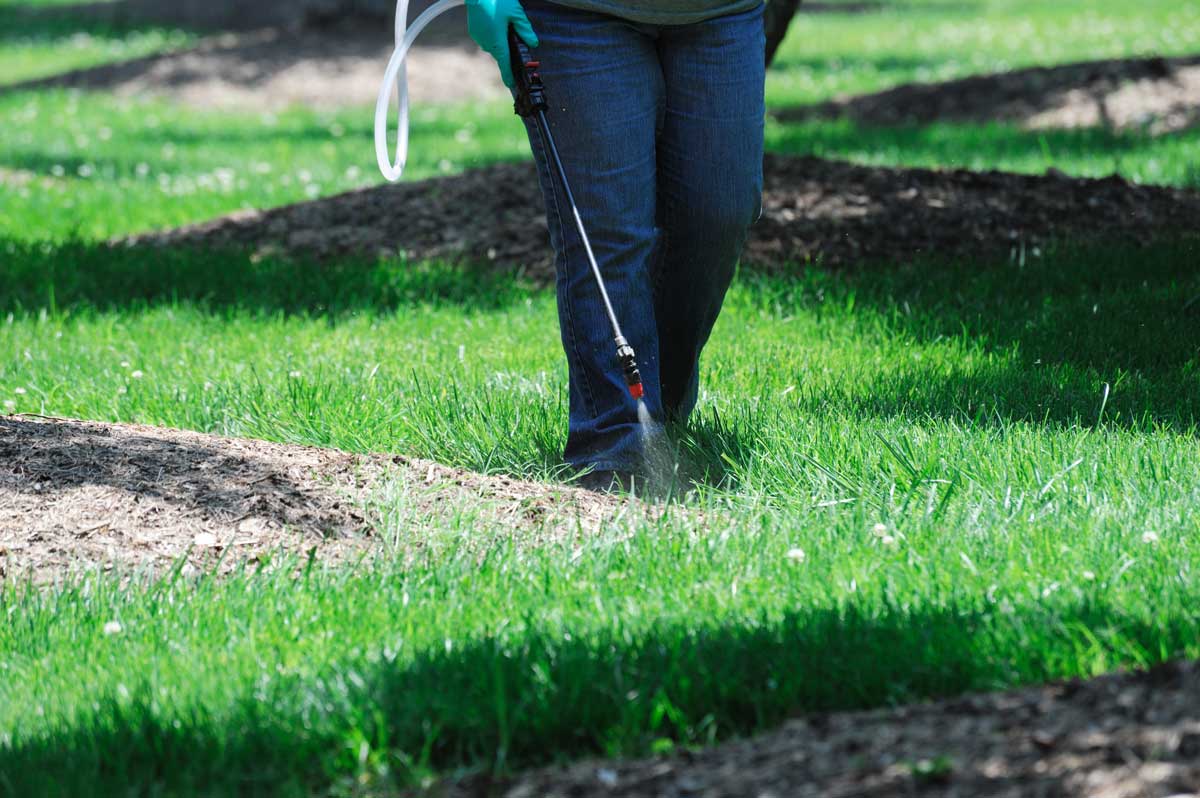
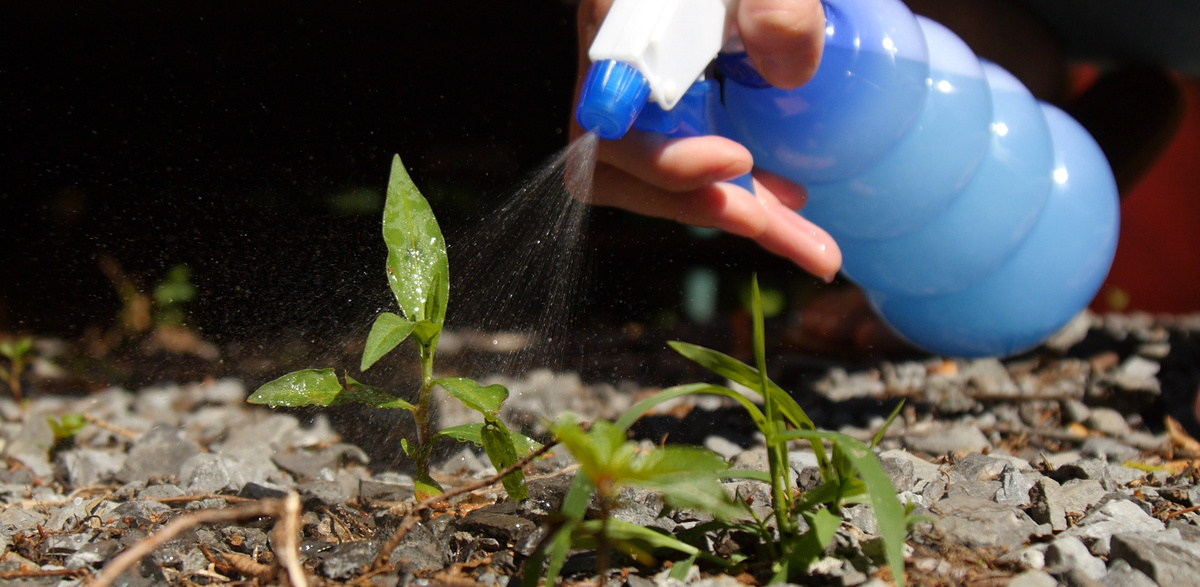
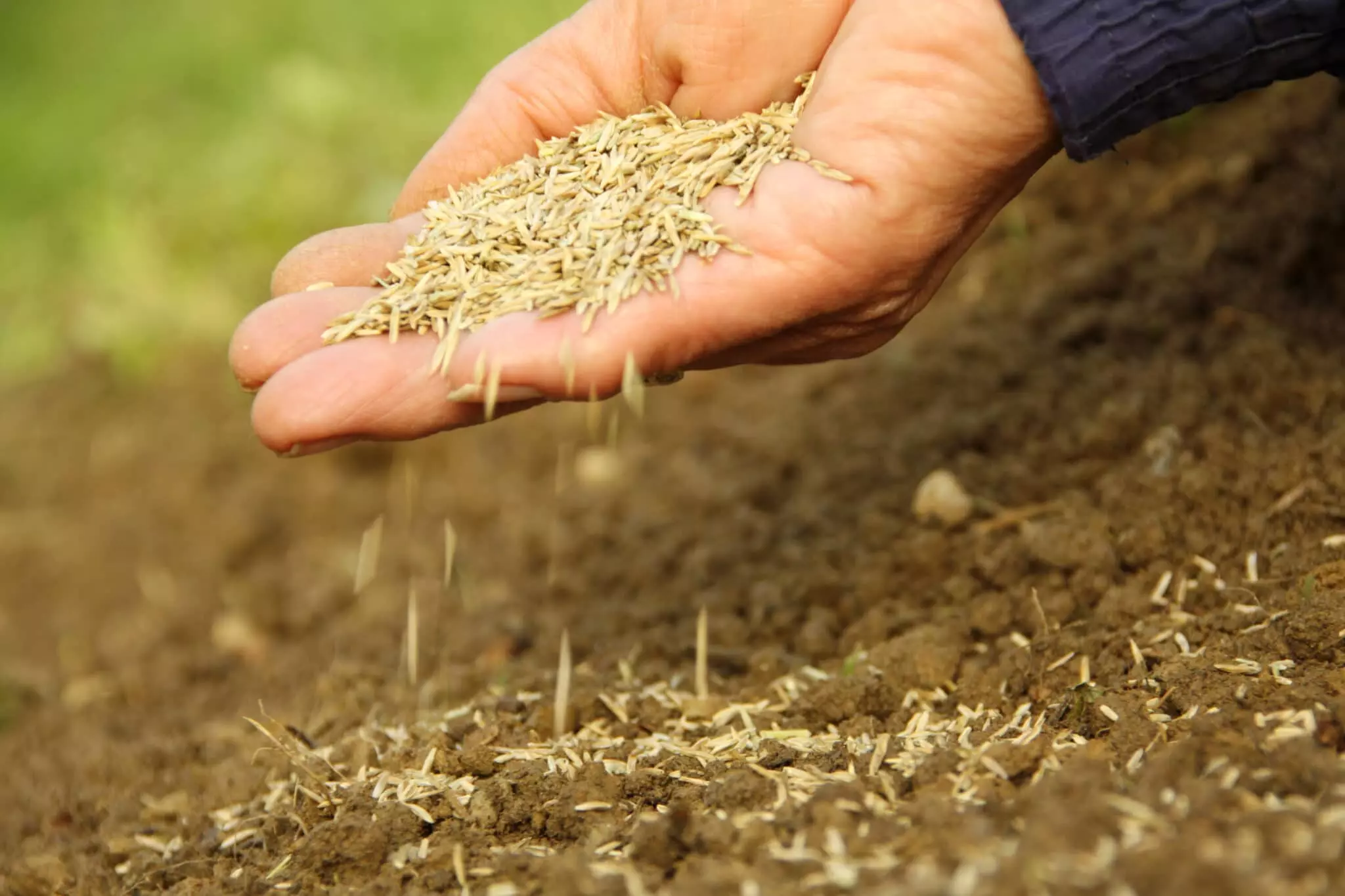
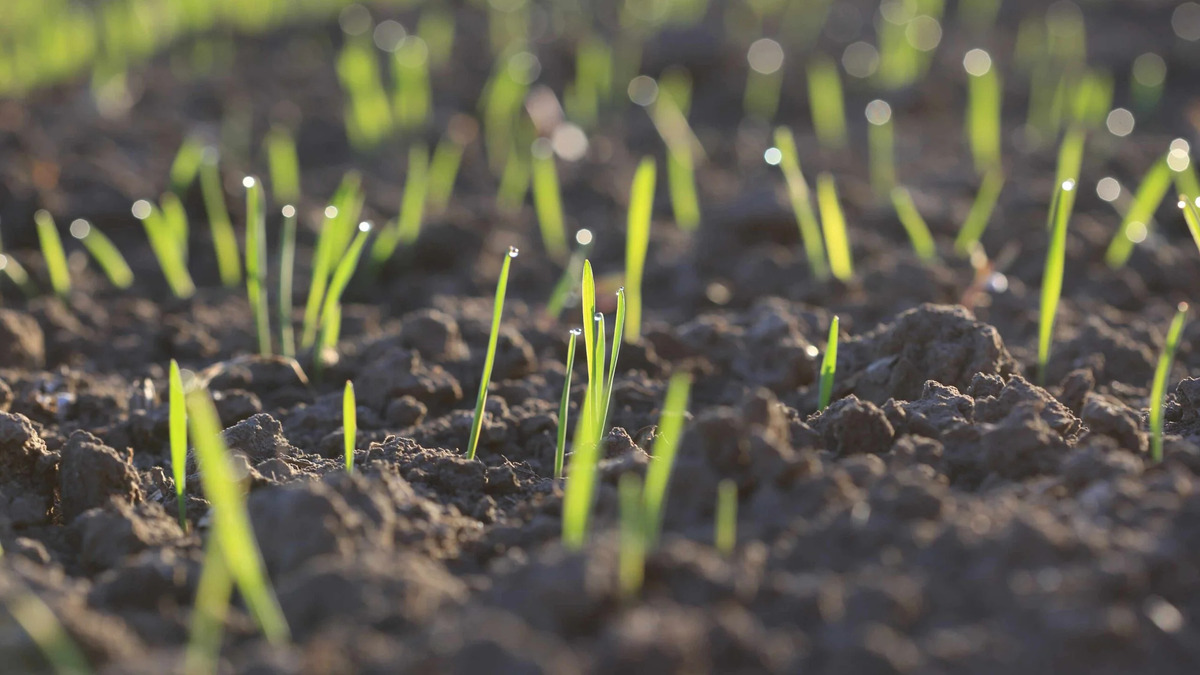
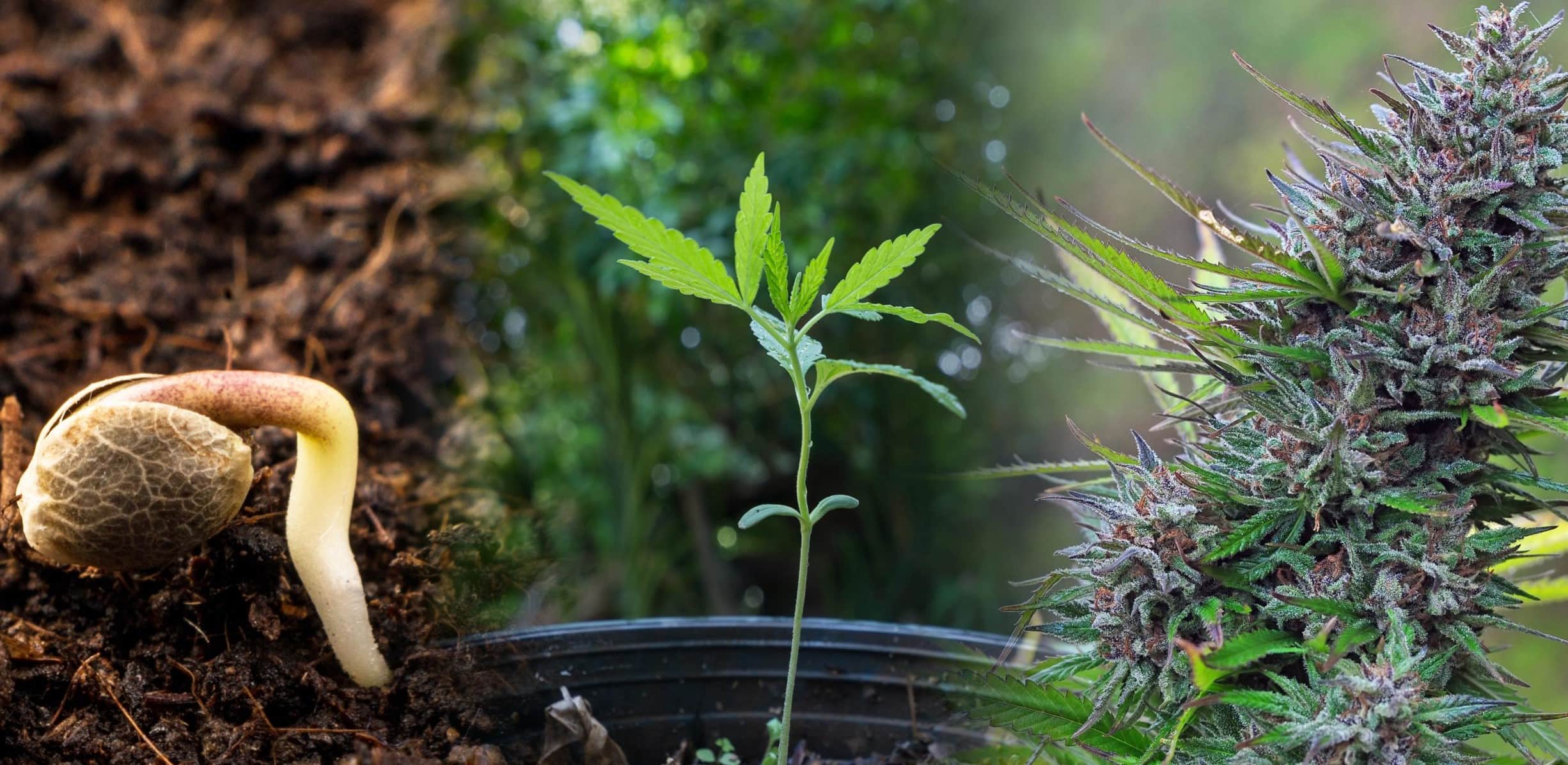

0 thoughts on “How Soon To Plant Grass Seed After Using Weed And Feed”